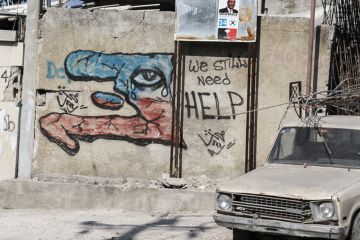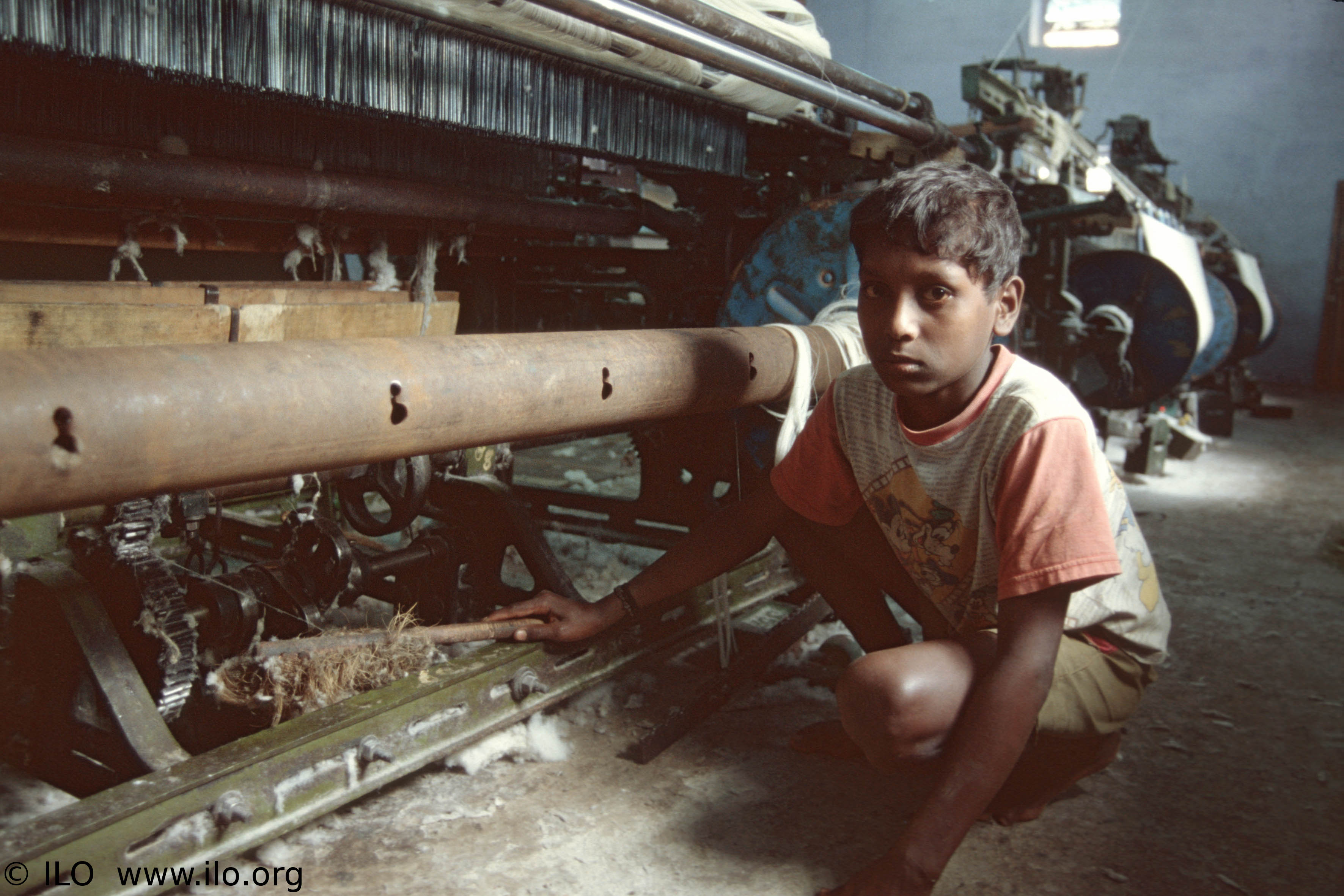Late September, tragedy struck the sprawling metropolis of Nairobi, Kenya when a group of al-Shabaab militants initiated a violent terrorist attack at Westgate, an upscale mall popular with tourists, as well as middle to high class Kenyans. Lasting more than four days from Sept. 21 to 24, the 80-hour incident led to the deaths of at least 67 people, many of whose identities have yet to be confirmed by the Kenyan government. The majority of these deaths consist of civilian shoppers, both Kenyan and non-Kenyan alike, who were unlucky enough to be at the Westgate during the attack.

Following the atrocities at Westgate, there has been much inquiry into al-Shabaab, a Somali-based militant Islamist group that has received their first wave of international attention with this deadly attack. Formed in 2006, al-Shabaab (Arabic for ‘the youth’) was the result of a radical offshoot of the Union of Islamic Courts, which had governed Somalia’s capital, Mogadishu, at one point in 2006. Al-Shabaab’s primary doctrine is based off a radicalized version of Islam in which violent jihad reigns supreme and the West is considered to be the prime enemy. Al-Shabaab also claims to work to protect Muslims, with a particular focus on the Somali community.
The question is: what form has this claim to “protect” taken? Since their formation, al-Shabaab has committed countless abuses against the Somali civilian population. According to a 2013 report released by the Human Rights Watch (HRW), al-Shabaab has carried out targeted killings, beheadings, executions, and has forcibly recruited adults and children in areas under its control. In addition, al-Shabaab maintains strict restrictions on humanitarian assistance – a stance that proved deadly during Somalia’s 2011 famine. This helps to shed light on al-Shabaab’s growing unpopularity in Somalia, as well as the group’s forcible exit of Mogadishu in 2011.

With the attack on Westgate, it seems that the Somali population may once again suffer as a result of al-Shabaab’s actions. Following the attack, there have been threats of repatriation surfacing from the Kenyan administration. Kenya, which currently hosts over 500,000 Somali refugees since the onset of Somalia’s civil war in 1991, has become increasingly wary of its refugee camps. Ndung’u Gethenji, head of Kenya’s defence committee, reported to the BBC in early October that many of these camps are “being used as a training ground [for al-Shabaab]”. However, rights group warn against sending Somali refugees packing. According to Gerry Simpson of the HRW, many of these refugees were “forced to flee to Kenya because of al-Shabaab abuses…forcing them back to a country still wracked by widespread violence and insecurity…could inflame further instability.”
Though repatriation is unlikely to happen (as refugee camps are UN-controlled), it is still concerning that such exclusionary statements are being made by the Kenyatta administration – especially considering the hostility hovering over Nairobi in the wake of Westgate. Instead, Westgate could be taken as a sign for Kenya to prioritize the establishment of a functional central government in neighboring Somalia – a move that could potentially quell the threat of al-Shabaab.




